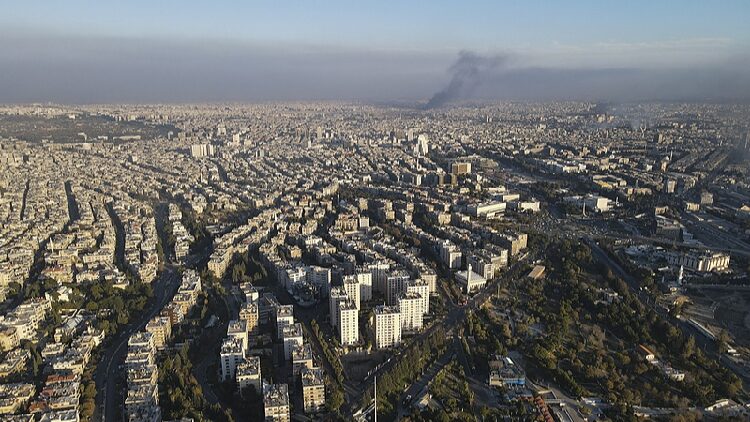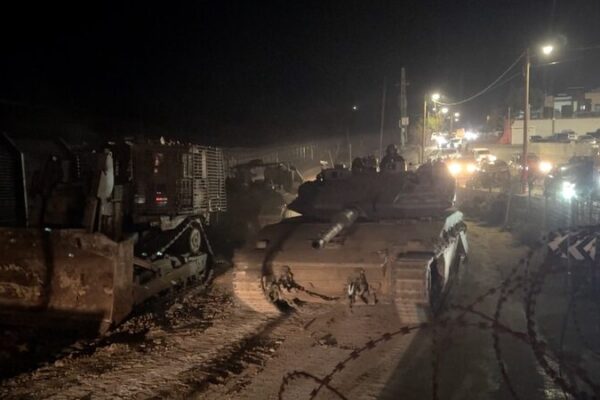In a stunning turn of events, Syrian opposition forces have taken full control of Damascus, ending over 50 years of Assad family rule. The swift fall of President Bashar al-Assad’s government came after an intense offensive lasting less than two weeks.
How Did Syria Get Here?
The rapid changes in Syria are due to several factors. Opposition groups received more foreign aid than the government, shifting the balance of power. The recent Palestinian-Israeli conflict in October 2023 also played a role. Key players like Iran and Hezbollah were occupied elsewhere, withdrawing support and leaving gaps in Syria’s defenses.
With support from Turkey, opposition forces became more effective, using advanced warfare like drones for reconnaissance and strikes. In contrast, the government relied on outdated tactics and struggled to counter these new methods.
Syria’s collapsing economy further weakened the government. The Syrian pound plummeted, inflation soared, and basic necessities became unaffordable. High unemployment and low wages eroded public confidence, leading to low morale among government troops.
What Lies Ahead?
The future is uncertain, and new risks may emerge:
- Opposition Divisions: Different opposition groups might clash over control and resources now that their common enemy is gone.
- Tensions with Kurdish Forces: Conflicts could arise between Turkish-backed opposition forces and Syrian Kurdish groups over territory.
- Regional Concerns: Countries like Russia, Iran, Israel, Jordan, and Iraq have interests in Syria and may be affected by the power shift. Issues like refugee flows, security of military bases, and control of strategic areas are at stake.
Syria’s sudden change signals a new period of uncertainty in the Middle East. The world watches closely to see how these developments will shape the region’s future.
Reference(s):
Unexpected and uncertain: How Syria came to this and what lies ahead
cgtn.com








